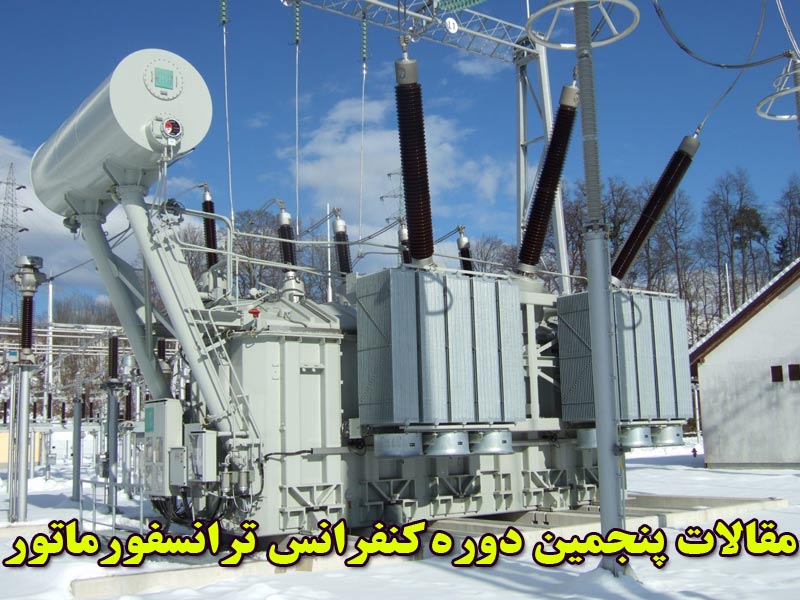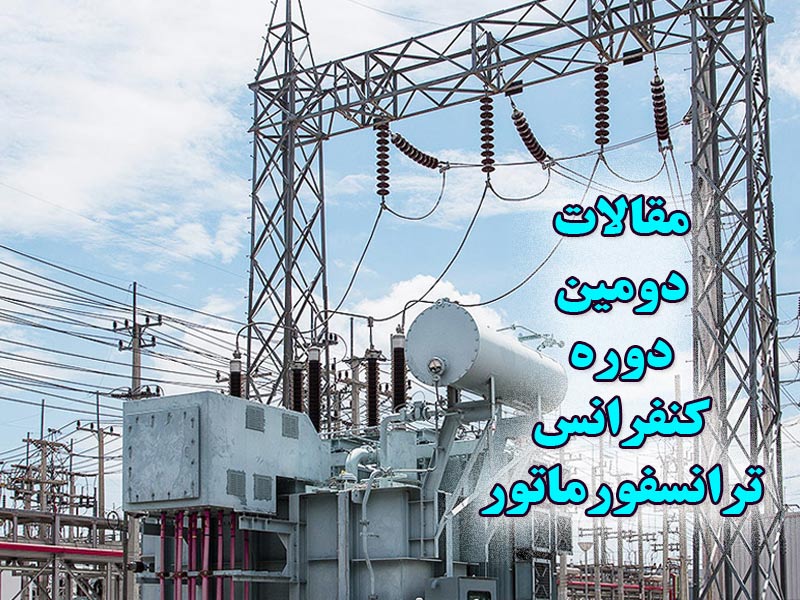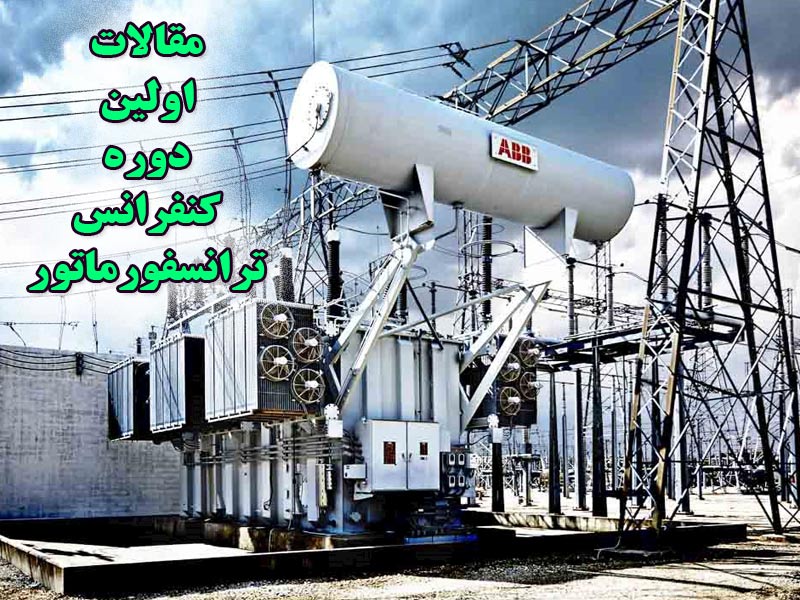Abstract
Frequency Response Analysis (FRA) has attracted great attention as a diagnosis method of mechanical faults of power transformer windings. For interpretation of FRA results, circuit models are proposed in the literature. These circuit models require the estimation of the winding parameters to model and study the impact of different faults on FRA traces. Moreover, these lumped parameter models are limited to certain frequency due to difficulty in solving turn-based parameters. In contrast, this paper presents a new method to obtain a turn-based 3D high frequency model of transformer windings using Finite Element Method (FEM). In the proposed model, FRA traces are directly derived from a high frequency finite element model without employing the circuit model. The model automatically considers the frequency dependent effects of parameters. At first, the model is validated with measurements for healthy state of the windings. Afterwards, two case studies are considered in which axial displacement and radial deformation faults are implemented in both experimental setup and FEM model. Good principle agreement of simulation results with the measurements proves the applicability of the model for FRA interpretation. Finally, a MATLAB based graphical user interface (GUI) is developed to aid the detection of transformer faults.
INTRODUCTION
POWER transformers are integral and expensive equipment of all electric power networks at all levels from generation and transmission down to distribution. Thus, assessment of condition and diagnostic techniques are of great importance for improving power network reliability and service continuity [1]. Several techniques are available to diagnose faults within power transformers. Frequency response analysis (FRA) is a powerful technique for diagnosing transformer winding deformation and several other types of problems that are caused during manufacture, transportation, installation and/or service life [2]. Previous contributions in the FRA topic has led to the standardization of the measurement procedure. However, the interpretation of FRA results is still limited to analysis of the experts in the field since there is still no comprehensive reliable algorithm to assess the mechanical condition of power transformers based on FRA results [3, 4]. As it is very hard to implement mechanical faults on windings of a physical transformer without damaging it, recent studies [5-8] investigated the impact of several mechanical faults on the transformer FRA traces by randomly changing and estimating the value of particular electrical parameters of the transformer equivalent circuit models. This random alteration of parameters increase uncertainty and decrease the reliability of these circuit models in predicting the effect of different mechanical faults on FRA traces. Also, these lumped parameter models are limited to a certain frequency due to difficulties in estimating turn-based parameters. Additionally, constant values of parameters are used although these parameters are frequency dependent [9]. In contrast, this contribution introduces a turn -based 3D finite element method (FEM) model of transformer windings. In the proposed model FRA traces can be directly derived from the 3D FEM model, which eliminates the need of parameter estimation method. Moreover, it is also possible to implement a precise mechanical fault which is not possible in case of circuit models. In this regard, a single-phase transformer is simulated using 3D FEM, which emulate the transformer and FRA measurement operations. To evaluate the performance of the model in detecting minor winding deformations various levels of radial deformation (RD) fault and axial displacement (AD) fault are implemented in LV winding and HV windings respectively. The impact of each fault level on FRA trace is discussed in detail. Results of this study will facilitate an accurate and precise fault simulation using 3D FEM model of transformer that will ease the objective interpretation of transformer frequency response. Numerical indices are evaluated for sensitivity analysis of different connection schemes against different faults. Finally, a MATLAB based graphical user interface (GUI) has been developed to aid the detection of transformer faults. Experimental verification consisting of fault studies are carried to examine the developed automated package has also been reported as part of this work.
M. Tahir, S. Tenbohlen







